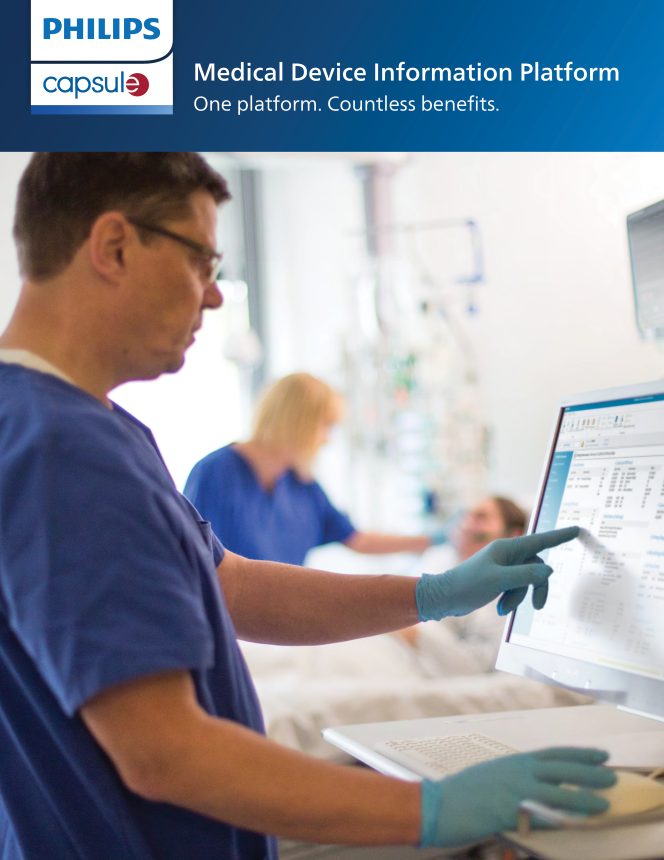Although the COVID-19 pandemic is slowly fading in the U.S., hospitals and health systems are still feeling its economic effects. Healthcare organizations are expected to lose anywhere from $53 billion to $122 billion in 2021, according to a report released in February. Losses are attributed to slow recovery of patient volume and continued shortages of expensive labor, drugs and supplies.
As if hospitals did not face enough economic challenges before the pandemic, the repercussions from COVID-19 are forcing leaders to explore additional cost-saving measures to reduce unnecessary expenditures while continuing to enhance patient care safety and quality. One expense-reduction strategy utilized by numerous institutions around the world is IT vendor consolidation.
These hospitals and health systems have found that focusing their IT vendor partnerships can help improve workflow efficiency for clinicians while decreasing administrative overhead, both of which lower costs. Meanwhile, the consolidation can offer clinicians a more holistic, meaningful and actionable view of their patients, which can enable safer care and better outcomes.
How Did We Get Here?
Healthcare has always been data-driven, even before the term for such care existed. Yet when medical records and device data became digitized, hospitals faced a tsunami of data that only continues to grow. Healthcare data is expected to expand by 36% through 2025, by far the fastest rate of any industry.
Although much of that data growth is driven by the enormous size and quantity of imaging files, structured data from patient monitoring and other devices also continues to grow at a rapid pace. Specifically, the market for connected hospital medical devices that stream data to electronic health records (EHRs) and other downstream systems, often called the Internet of Things market, is expected to grow by nearly 19% per year through 2026.
Historically, most connected device data was transmitted to and stored in the EHR system. As data analytics and visualization systems became more sophisticated, hospitals wisely began to utilize device data to alert clinicians before an adverse patient event occurs, drive clinical decision making and better enable clinical research.
RELATED READING: Expand Medical Device Integration to Drive Operational, Clinical and Safety Benefits
The challenge hospital leaders, especially healthcare IT leaders, currently face is continued demand from clinical leadership for new analytics, visualization or alerting tools to help them work more efficiently and view outputs remotely. Yet as the desire for remote monitoring and analytics grows to include a broader spectrum of bedside medical devices, each with its own analytics or alert features, clinicians are challenged with synthesizing data from a multitude of sources to gain a holistic view of their patients’ conditions.
RELATED READING: Making the Complex Simple with a Data Analytics Solution for Investigating Real-time Medical Device Data – Part 1 and Part 2
Although clinicians are highly experienced and skilled at performing such tasks, connecting devices through a single vendor’s medical device integration (MDI) platform can alleviate their cognitive burden, while also improving their experience and patient outcomes. At the same time, IT teams are faced with the monumental task of balancing costs and internal resources across multiple different vendor solutions – many of which may be providing very similar solutions with each only addressing a specific care area or device type.
Clinical and Economic Benefits
Integrating devices through a single vendor’s platform not only automatically captures data from connected devices, but also normalizes and standardizes the data for sharing with receiving systems. A single MDI platform can contextualize data with supporting information, such as patient identification, location and time stamping, making such outputs more meaningful and insightful and enabling clinicians to make better decisions faster.
Through this integration and greater context, clinicians can have a single source for the analytics and data visualizations they desire while reducing alert frequency. Instead of receiving and responding to alerts for each device or device manufacturer used throughout the hospital, leveraging a single MDI solution to manage device data across the hospital or health system allows numerous parameters from multiple devices to be factored in when triggering alerts and provides additional context, making them more relevant and actionable for clinicians.
From an economic perspective, MDI vendor consolidation can reduce hospital IT expenses, not only with contractual costs, but also labor. Maintaining and updating software from multiple vendors, in addition to help-desk support requests are time-consuming. Working with fewer vendors also reduces both types of demands on IT staff.
More than 3,000 hospitals and health systems worldwide have consolidated at least some of their MDI efforts through Capsule, a Philips company. Capsule offers a clear advantage in this regard with its expansive library of more than 1,000 device drivers. The wide variety of drivers simplifies integration of older and newer devices while Capsule’s Medical Device Information Platform (MDIP) is well-known in the industry for streamlining device connectivity and delivering actionable information to clinicians, eliminating their data entry burden and reducing the number of extraneous alerts.
About the author
Pete Giliberti is a senior sales manager for Capsule, a Philips company.
Capsule MDIP anticipates and manages the complexities of medical device integration.
Download